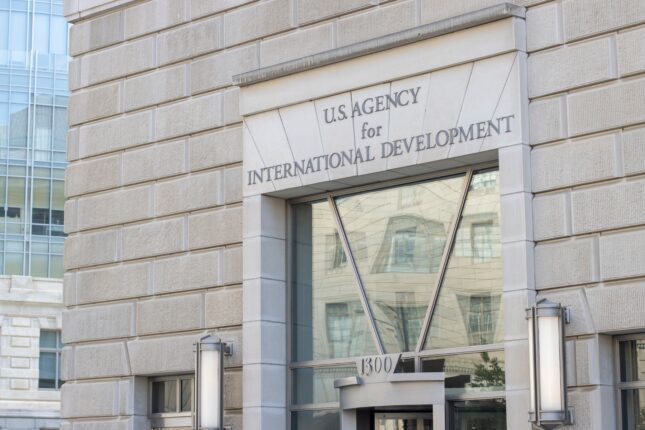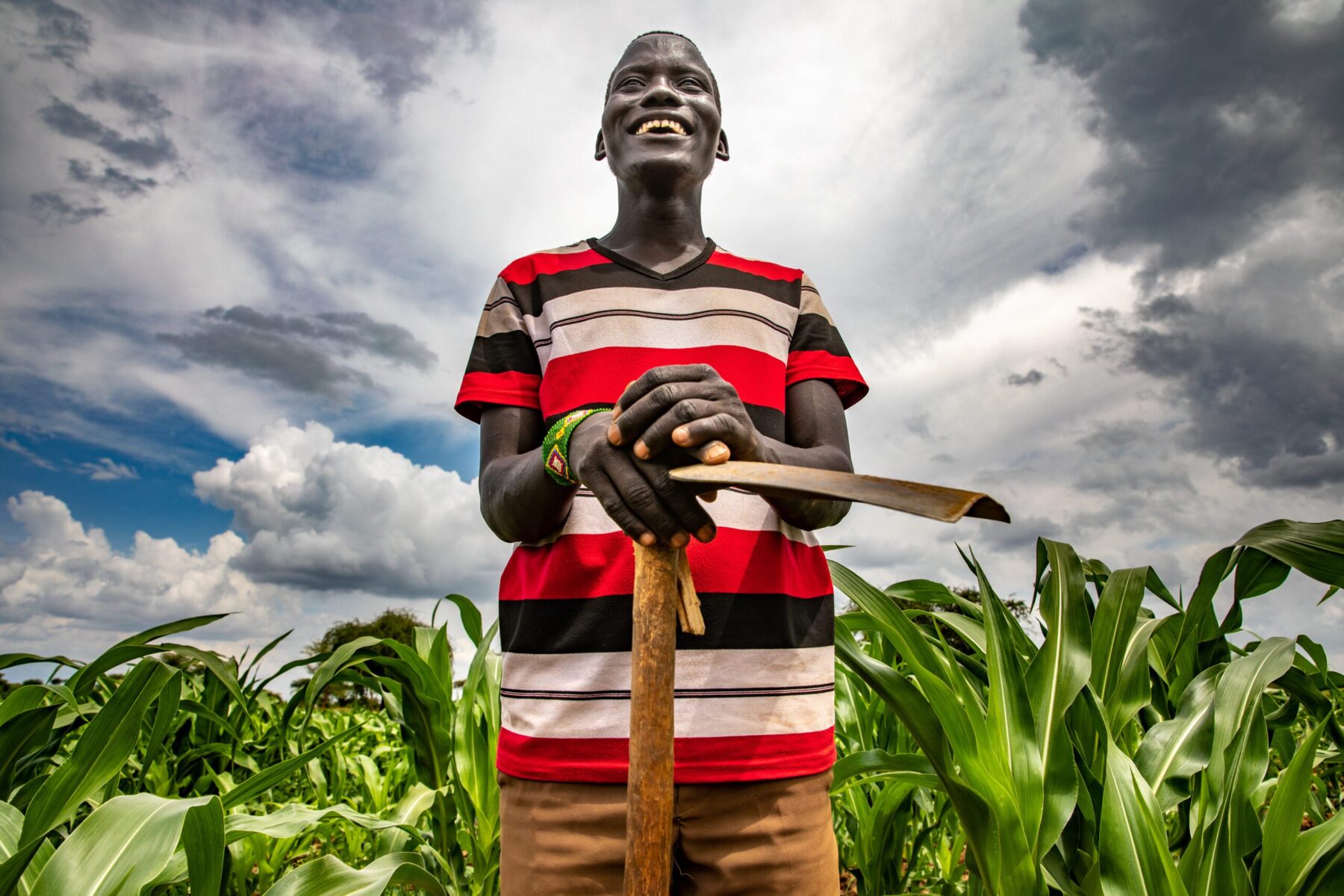-
Plotting the Future of U.S. Foreign Aid
April 3, 2025 By Steven Gale
When Secretary of State Marco Rubio formally declared the “era” of USAID over on March 28, 2025, it represented an extraordinary sea change for US foreign aid deployed over the past six decades.
Yet the world has changed dramatically since the U.S. Agency for International Development (USAID) was established by the Foreign Assistance Act of 1961 in the middle of the Cold War. So, there is every reason to thoughtfully consider what foreign aid should look like today as we navigate an era of Great Power Competition (GPC).
These GPC rivalries present the US with strong military, economic, technological, security and geopolitical challenges from an ascendent Peoples Republic of China and a revisionist Russia. And there has been no shortfall of suggestions as to how to re-imagine USAID and the functions which it serves in an altered context.
These proposals have come from staff who drafted Project 2025 and from researchers on the Council on Foreign Relations, as well as think tank experts and informed voices with years of NGO experience. Yet in essence they boil down to two clear ways to transform US foreign assistance now, as well as perform essential functions that have long been the mission of USAID.
Option 1: The State Department Absorbs a Diminished USAID
Perhaps the most direct action is to move what remains of USAID into the State Department, where its programs likely will be supplied with a fraction of its previous budget and staff.
On previous occasions, I have laid out the case that State and USAID have different missions—as well as differing time horizons and engagement strategies. Yet such a merger would not be unprecedented, however. Indeed, it has been proposed several times in the past, but ultimately rejected by Congress. Other donor countries (including Denmark, Australia, the UK, and Canada) have moved their aid agencies under the wing of their foreign affairs ministries.
These moves by other nations to bring foreign back under the larger foreign affairs tent have met with varying degrees of success, however. So US policymakers in 2025 must make every effort to examine staffing and program changes carefully. The effort cannot stop there, however, They must also break free of USAID’s traditional contract and grant mechanisms—which reward implementing partners for their “best efforts” versus verifiable accomplishments—and introduce more innovative business models.
While one must take into account that US foreign policy has always played a role in doling out aid, a new set of aid criteria has come to the fore in doing so in the present moment: Does it make America safer? Does it make America stronger? Does it make America more prosperous?”
The budgetary outlay involved is significant. In FY 2024, USAID provided the lion’s share of foreign aid, which totaled nearly $43.8 billion (or three of every five foreign-assistance dollars). A migration of USAID to State could also mean that staff and budgets from other federal agencies that also distribute foreign assistance (Treasury, HHS, USTDA, MCC) might also be included in that transfer. In addition, more than 20 lesser-known aid-providing agencies (like the U.S. African Development Foundation) could also be folded into State.
Who would coordinate all this foreign aid activity? Staffing and budgets would likely reside in the Office of U.S. Foreign Assistance Resources or “F.”. With a USAID skeletal staff of just 300 (down from over 10,000), the USAID of the past would be a shadow of itself—and many of its award-winning global systems, built over decades, like the Famine Early Warning System would likely be eliminated.
Another possibility is that USAID will end its development assistance role entirely, and maintain a much slimmer focus on humanitarian assistance—and even operate a new name: “U.S. Agency for International Humanitarian Assistance.”
The FY24 program funding for humanitarian sector aid is set at about $10.5 billion. The new humanitarian-focused activity might include deploying USAID’s well regarded Disaster Assistance Response Team to rapidly bring urgent food, medical kits, search and rescue equipment, and other resources to assist in mitigating some of the effects of catastrophes such as the earthquake that struck Myanmar last week.
Under either “F” or a renamed title for USAID, such a migration would bring foreign aid decision-making much closer to the orbit of the Secretary of State, the White House, and the National Security Council and therefore a closer match for the two new aid criteria: Does it make America safer? Does it make America stronger?
Option 2: DFC Becomes Ground Zero for Foreign Aid
Under this option, USAID’s remaining staff would relocate to the U.S. International Development Finance Corporation. The DFC was established in 2018 under the BUILD Act to facilitate participation of private sector capital to help develop low- and lower-middle-income countries transition from nonmarket to market economies by providing a range of services from loans, to loan guarantees, to technical assistance.
The Corporation emerged from general congressional interest (supported by the first Trump Administration) in responding to China’s Belt and Road Initiative (BRI). And a recent analyses of possible actions suggest, that discussions are already in play to shift billions in USAID funding to the DFC.
The current nominee to head the agency is quick to point out USAID’s shortcomings and sizable mission drift. And since DFC operates under the foreign policy guidance of the Secretary of State and the State Department’s top leadership, along with the White House and its key advisors, they would have significant sway (perhaps even veto power) over any DFC loan decisions.
A revamped DFC might position the U.S. to more strategically engage with high priority countries (Egypt, Jordan, Lebanon, Ukraine, etc.) to our economic benefit. For example, the DFC might selectively invest only in financially promising large scale infrastructure projects (along the lines of the BRI) thus meeting the third new aid criteria: Does it make America more prosperous?
A newly empowered DFC also is consistent with the views expressed in Project 2025 to leverage all foreign aid to tackle today’s global challenges by deploying private-sector solutions.
The Administration has already issued an Executive Order to explore the creation of a sovereign wealth fund that can invest in real and financial assets such as stocks, bonds, real estate, and precious metals along with alternative investments such as private equity or hedge funds. It has recently been reported that the Administration is considering transforming the DFC into such a fund, similar to those in the Middle East and Asia, in order to make direct U.S. government investments.
The fact that the White House already has nominated a private equity firm co-founder to lead the DFC may also intimate that this option is closer to being deployed to full effect.
Assessing the Stakes and the Horizons
In any immense shift in long-standing processes, flexibility may be worth prioritizing over rigidity. In a shift such as I laid out in Option 1, for instance a residual USAID staff within the State Department might administer and monitor life-saving global health programs with strong bipartisan constituencies, such as PEPFAR, the President’s Emergency Plan for AIDS Relief, and other related initiatives. (For instance, The Global Fund works closely with PEPFAR to combat AIDS and also to curb tuberculosis and malaria, in the poorest countries. (Fully 60% of PEPFAR’s programs were previously USAID-implemented).
Over several decades, USAID also invested in a number of life-saving maternal, child health, and disease surveillance programs which could find a new home in the State Department. As former head of USAID’s Health Bureau Atul Gawande recently put it: “We built out a network of 50-plus countries on every continent, developing what I’ve called the world’s immune system—an ever-accelerating capacity to prevent, detect and more rapidly respond to pandemic threats.”
As US foreign aid arrives at this historic crossroads, USAID’s Washington headquarters is largely dark, more than 80 of its overseas field missions will shortly be shuttered, and more than 10,000 development professionals with decades of experience will have their positions eliminated.
It is a transition that also likely will have significant impacts on local USAID partners as long-standing public private partnerships are abandoned and vital aid-funded research in health and agriculture ends.
Clarity in getting the essentials of this transition is crucial, not only to the future success of new foreign aid priorities, but also to the vulnerable populations affected by the changes now underway. Settling upon a workable new infrastructure for US foreign aid is now an imperative.
Steve Gale serves on the Wilson Center’s New Security Beat’s Advisory Board and a frequent Guest Contributor. He is a Senior Strategic Advisor at Global Foresight Strategies LLC, a former Senior Foresight Advisor at USAID, and has previously served as Human Security Senior Advisor at the National Intelligence Council.
Sources: Atlantic Council; Chatham House; Council on Foreign Relations; Congress.gov; CSIS; Millennium Challenge Corporation; DevEx; KFF; Joe Lonsdale; New York Times; Project 2025 ; Reuters; USADF; US Department of Health and Human Services; US Department of State; US Department of the Treasury; USGS; White House Press Office
Photo credit: The headquarters of the United States Agency for International Development (USAID) in the Ronald Reagan Building and International Trade Center in Washington, DC, courtesy of Tada Images/Shutterstock.com.
 A Publication of the Stimson Center.
A Publication of the Stimson Center.







